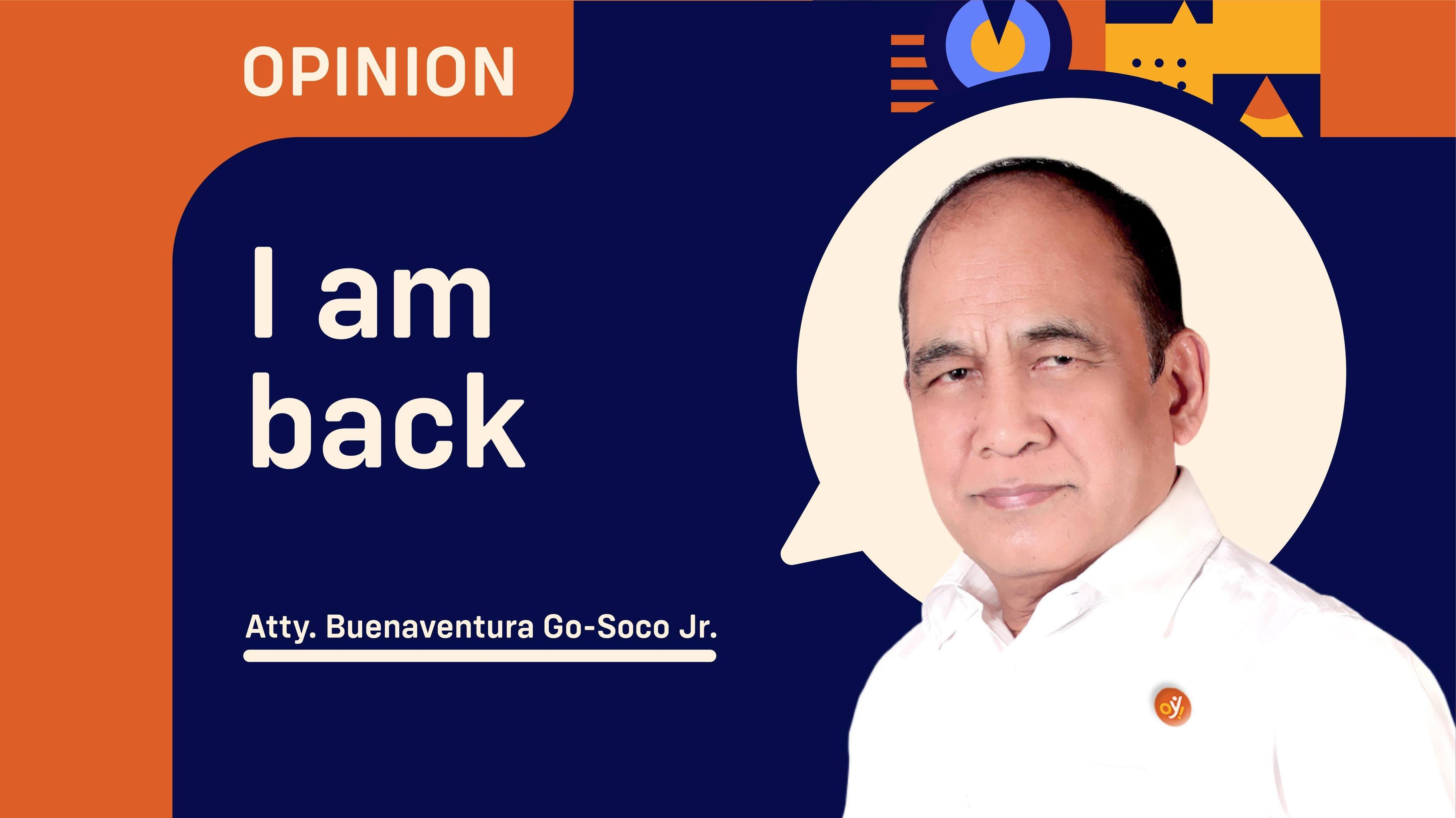Last week's column deserves a second helping. I talked about the other side of many big ticket, multi-billion peso projects. For a region that has seldom experienced the simultaneous implementation of major projects that cost several billion pesos each, this is a new experience. The residents are amazed at the rash of projects suddenly under implementation. But the problem, as I mentioned, in previous issues is the interconnection among them in addition to their inherent weaknesses.
The defects come out in various stages of developing and implementing the projects. In sum, there is an emphasis on project implementation rather than the development aspect of projects.
Another way of putting it is asking the question: will the billions of pesos spent improve employment and income, particularly for the poor? If that is not clear, has government had not taken a serious look at strategies to achieve the economic objectives of projects.
If these aspects are not treated well ahead of funding and implementation, then I can ask why these projects were identified, funded and implemented? What criteria were used?
If the economic objectives were not clear or not attainable from these projects, then it is valid to ask: why were they implemented in the first place? The question on the other side is, who benefits essentially and primarily from this implementation of projects?
Talking about the criteria used for identifying projects, which is often defective and ineffective, there was an item placed for endorsement at the RDC meeting on December 9. This was a list of farm-to-market roads. The project list submitted by a representative of the Department of Agriculture, Region VIII, Engineering Division was not endorsed by the Infrastructure and Utilities Development Division for several reasons.
One, the list of projects was not shown to the members yet the presenter expected an endorsement from the Committee. Two, the criteria used were observed to be imprecise and defective, which will result in a list of projects that do not promote the objectives of this rural roads program, being subject to political whims and caprices especially since the Department of Agriculture never checked the validity of the submissions of the Local Government Units to a program that is a national government agency program.
The criteria were used without fact-checking and thus this rural road program follows the pattern of the Big ticket projects I mentioned above. That is, the purpose is simply to implement projects, make some people profit from that implementation, and not to maximize economic benefits to the farmers.
In a move that rarely happens in an RDC Committee, this Committee postponed consideration and endorsement of the farm-to-market roads program, until it receives the list and can scrutinize the list of roads and how the criteria were used in prioritization. In any case, the endorsement can be made in April 2025 because the implementation of the projects is 2026 yet.
More on the other side of projects, in next week’s column.
#WeTakeAStand #OpinYon #OpinYonColumn #ColumnbyAttyJunieGoSoco #IAmBack
